Apple has changed its iPhone charging port to Lightning cable since iPhone 5. Compared with the previous 30pin port, the size of Lightning is smaller and blind plug is also supported.
At that time, Android phones or most other smart devices were still popularizing micro-USB ports, which lagged behind Apple’s Lightning port in terms of both form and user experience.
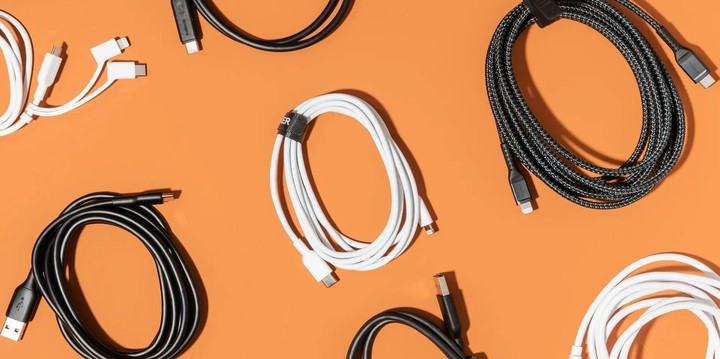
Nearly a decade has passed, Android has been upgraded to USB-C port, while iPhone is still Lightning. It has to be said that the former has “come from behind” in terms of form, performance and experience.
However, facing the unchanged Lightning port after nine years of its invention, the discussion on the abolition of Lightning port has become increasingly heated with the appearance of new iPhone, especially the iPad Pro which switched to USB-C for expansions recently.
The not-so-durable Lightning data cable
Apart from the expansibility and charging performance, Lightning actually has a more extensive and fatal problem for ordinary consumers. That is, Apple’s original Lightning cable is too easy to “crack” and damage, and its durability is very worrying.
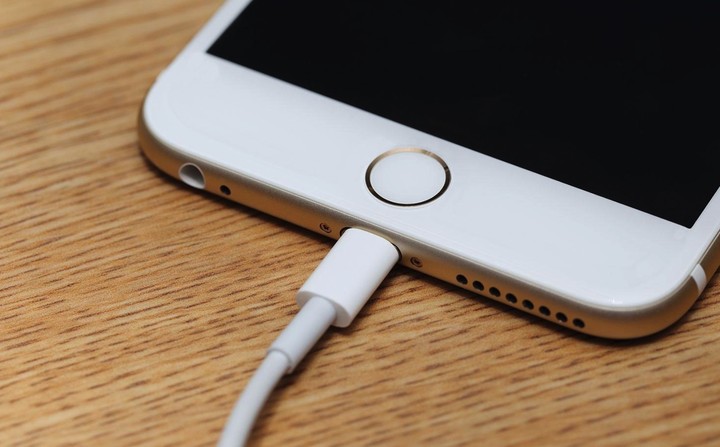
In addition to iPhone’s Lightning cable, the MagSafe cable on older MacBooks performs the same.
Frankly, 10 years is a long history for consumer electronics. Whether in the official forums of Apple or some other consumer electronic enthusiasts’ groups, there are many discussions on the “durability” of Lightning cable, such as tutorials like “How to correctly use Lightning data cable?”. Even the reinforcement of Lightning data cable has become a “traffic password”, with endless videos in this regard.
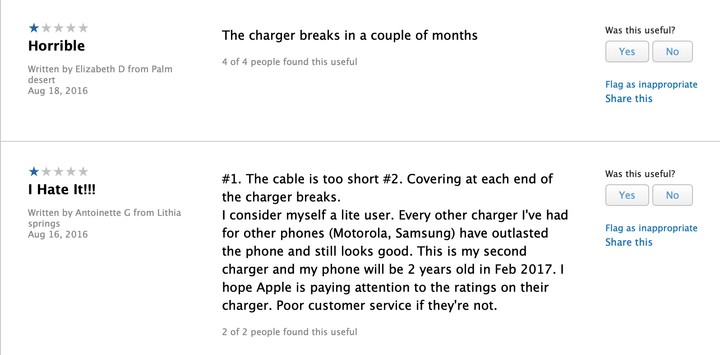
An E-commerce company in the United States has nearly 2,300 negative messages under the product page of Apple’s Lightning data cable, and the rating is only one star. In these reviews, they have almost the same complaint, “Lightning data cable is too durable”.
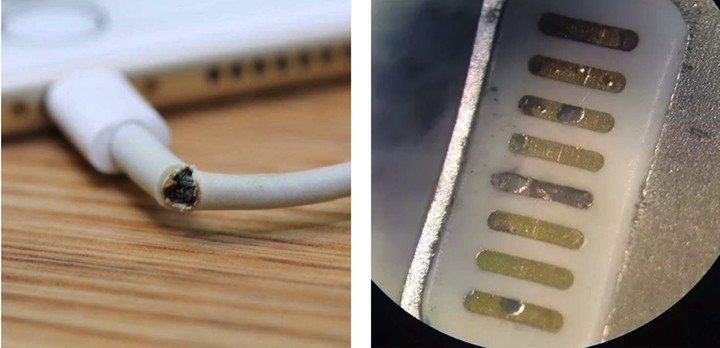
Tim Ventura, a consumer electronics enthusiast, made relevant statistics in his blog. He owns 3 iphones, 2 ipads and 2 iMacs, and they mainly rely on Lightning data cable to charge or transmit data, so the frequency of use is not low. The life of each Lightning charging cable is about 3~6 months. Either the foreskin is cracked or the internal wire is disconnected, which leads to the failure of normal operation.
Tim thinks that the main reason is that the two ends of the Lightning cable are not properly reinforced, which leads to the insufficient durability of it.
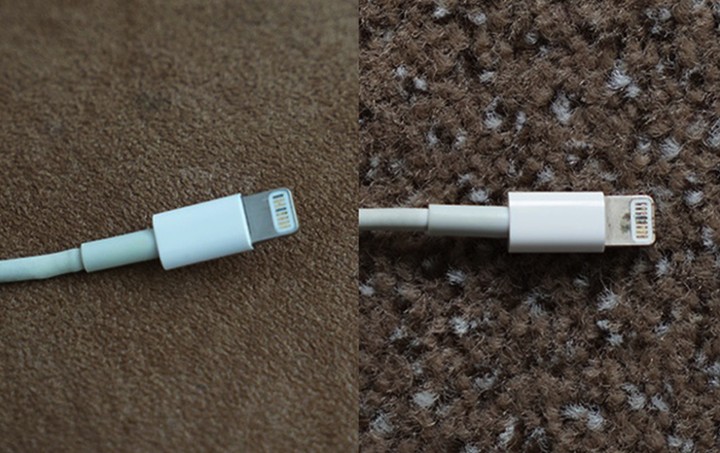
In addition to the durability of the cables, the “goldfinger” contacts on Lightning cables are also prone to corrosion and blackening. Many users are experiencing this problem in the Apple support community. Therefore, Apple responded that exposure to moisture may lead to corrosion of the contacts of the Lightning data cable. The users should try to keep the Lightning plug and connector dry and avoid contact with liquid.
The durability problem the Lighting data cable faced now includes: 1) easy to crack; 2) the contacts tend to blacken. These two problems also lead to poor contact or failure of many Lightning data cables.
The fragility of the Lighting, just for business?
Tim Ventura, who estimated the life of Apple Lightning cable with a small sample, also took the lead in looking for the reason why Lightning is so fragile and focused on the profit of accessories.
If there were 189 million iPhones in use in the U.S. and only one New Lightning cable was replaced each year, Tim estimates, that would generate about $3.5 billion in revenue for Apple, which is still impressive.
Globally, Newzoo’s number shows that 1.163 billion iPhones have been shipped in the past decade, of which about 728 million are still in service. Even if only a quarter of Lightning data cables are replaced, it is still a large amount of income.
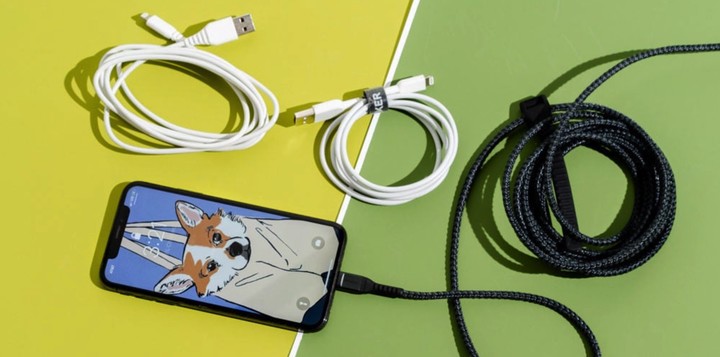
In fact, regardless of the durability of iPhone Lightning cable, the idea of “Apple defends its Lightning port” also exists in many people’s minds. After all, the accessories market has a considerable scale and profit margin, and not only Apple itself, but also many third-party accessory manufacturers are active in this market.
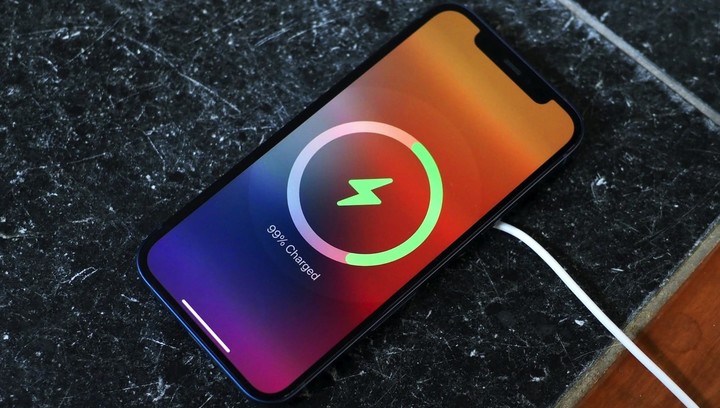
Compared to USB-C, the Lightning port is obviously outdated. It does not support high charging power and is limited to USB 2.0. However, according to Apple’s idea, any cable and interface may only be “transition”. Therefore, after the invention of the Lightning port of iPhone 5, Apple did not actively modify and update the new interface of iPhone, but waited for the complete wireless and no-port. Therefore, the resulting accessories business may not have been Apple’s original idea.
Design and environmental protection
Compared with the old 30pin interface, the new Lightning has made changes in design for high aesthetic and material. It is these two changes that cause frequent problems of the “new” Lightning data cable.

The 30pin port that used frequently in iPhone 4 and4s had reinforced in the cables and connectors, so we rarely saw widespread discussion of cable durability until 2006.
For the sake of aesthetics, Apple’s design team replaced the new Lightning cable with thinner plastic sleeve, which is more concise and good-looking on the whole. However, Apple’s development team found that such design would lead to a higher failure rate, but ultimately failed to stop the trend towards compromising better designs.
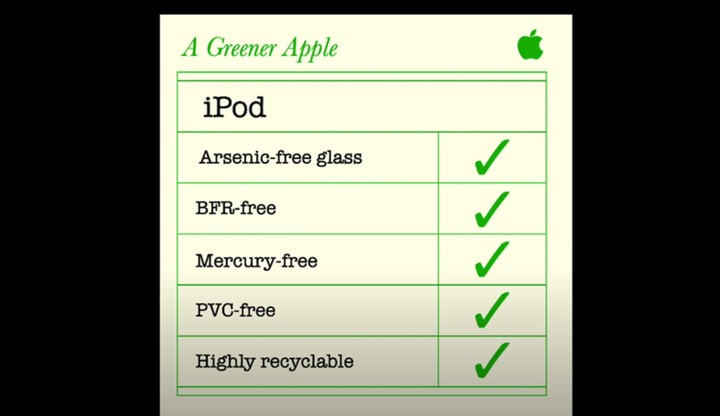
Jobs promoted “A Greener Apple” plan, hoping to remove harmful substances from all Apple products. PVC, which previously appeared in charging cables, is one of the harmful substances that make cables harder and more durable. Under the implementation of this plan, the Lightning cables became softer and their durability was naturally reduced.
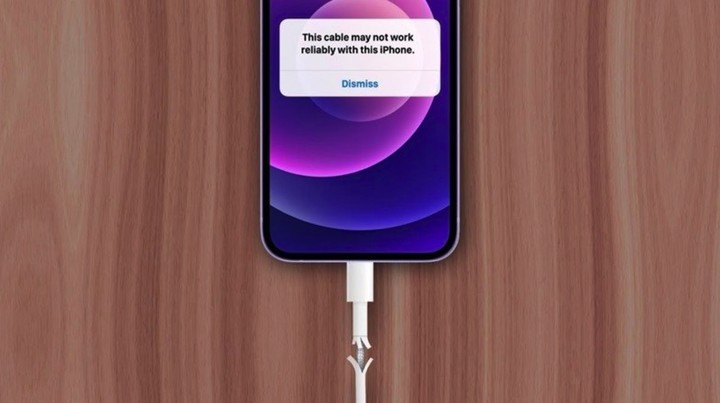
As for the shortcomings of Lightning charging head: turning black and easy to corrosion, in fact, it can also be summarized in the “design”. Compared with USB-C, the contacts of Lightning cables are exposed and more vulnerable to the erosion of liquids such as sweat and moisture, resulting in blackening and corrosion.
Apple’s solution
The problem of the original Apple Lightning cable keeps emerging. Actually, Apple’s solution is on the way.
First, regarding the corrosion of metal contacts, Apple has upgraded its traditional gold-plated process to a rhodium-ruthenium one, changing the appearance from the previous “gold finger” to “silver finger” and the specific model from C91 to C94. Compared with the traditional gold-plating process, rhodium-ruthenium process has stronger inertia, thus improving the corrosion resistance of the Lightning connector.
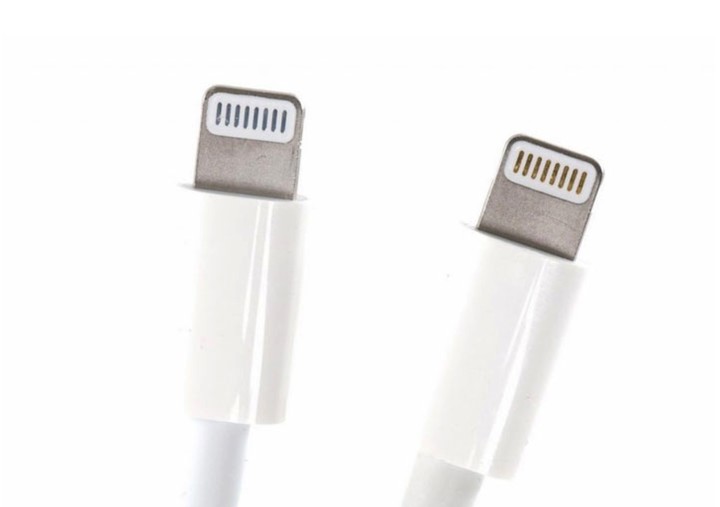
It is worth noting that although the color of the connector is silver, its cost is higher than the traditional gold-plated process. Rhodium and ruthenium are both rare metal elements and belong to the platinum group with strong corrosion resistance and almost no reaction with acid.
According to the problem of cracked cables, Apple’s new iMac this year gives us the solution: use “braided cable” overall.
In terms of details, it is simpler than the traditional one, and more in line with the appeal of Apple’s design department: there is no transition at the connector, but it can still meet the needs of “durability”.
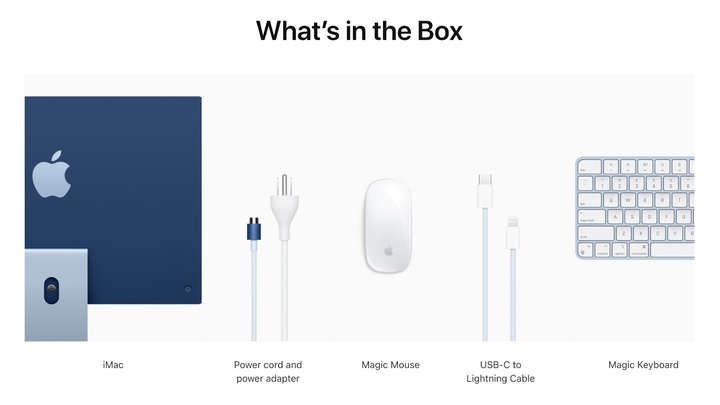
The new original braided cable comes with the iMac, and will most likely be rolled out to mass-market products like iPad and iPhone. It will likely come with the same color cable that matches the iPhone’s color scheme, as with the colorful iMac.
The new original Apple Lightning cable almost balances the factors of durability, design and environmental protection. After 10 years, Apple has finally solved the existing problems of the original Lightning data cable, although it is late but it has arrived.
The back of utility
Starting around 2016 with the introduction of the MacBook Pro with a full USB-C port, Apple got ahead of itself in design into the “future.” From now on, USB-C does have great scalability, but with this trend comes a wave of accessories for USB-C docking stations.
Apple has enough clout and confidence to take USB-C to the next level, and in the years to come, USB-C does come with many Windows laptops.
However, we still haven’t entered the USB-C era this year. Many devices still require USB-A, HDMI, and SD card slots, also the complaints about the MacBook Pro’s lack of port diversity have never stopped.
There have been reports that the next MacBook Pro will most likely add port diversity and reintroduce HDMI and SD card slots, in order to reduce users’ reliance on USB-C docking ports and returning to “utility.”
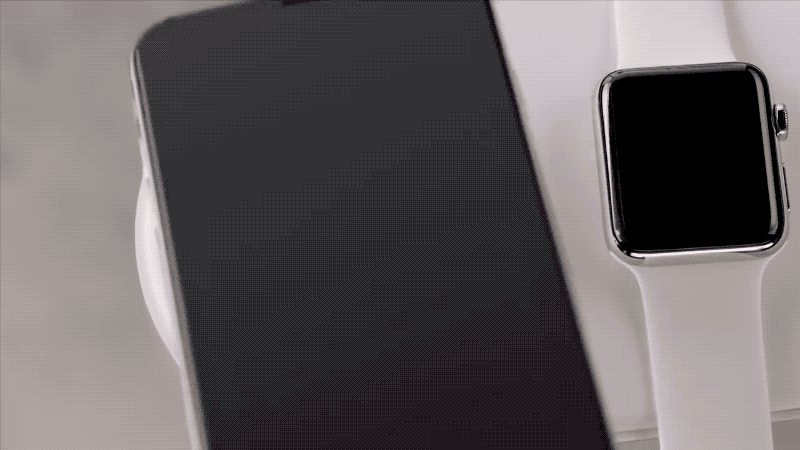
And the change of Lightning cable may be the same. In the past, Apple has been leaning toward “wireless” and focusing on how to achieve “wireless” design, but judging by the current MagSafe effect, and AirPower’s difficult birth, Apple’s desired wireless may be a long way off. In the future, iPhone may still be inseparable from Lightning cable and port.
At this point, the return to “utility” may be due to the revision of product thinking in recent years, which puts utility first rather than design leading.